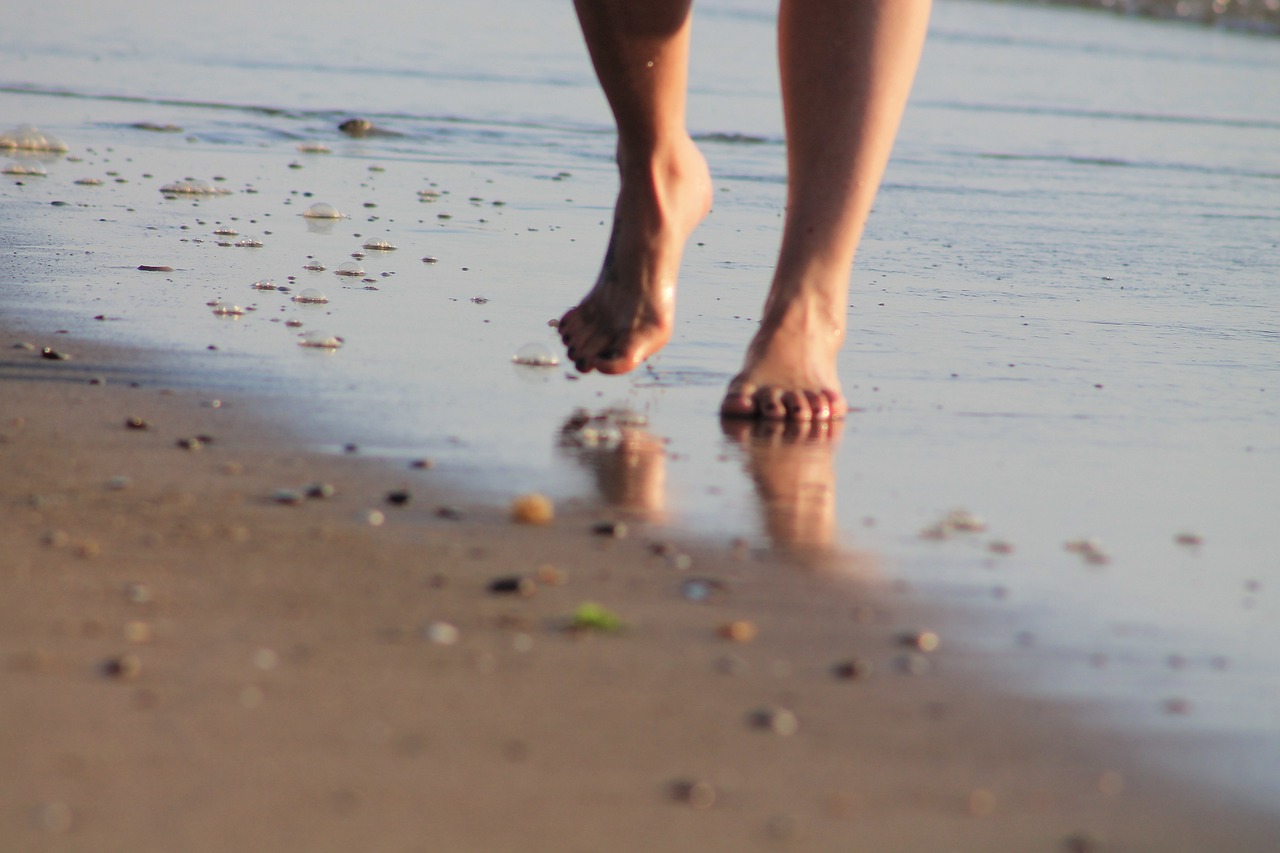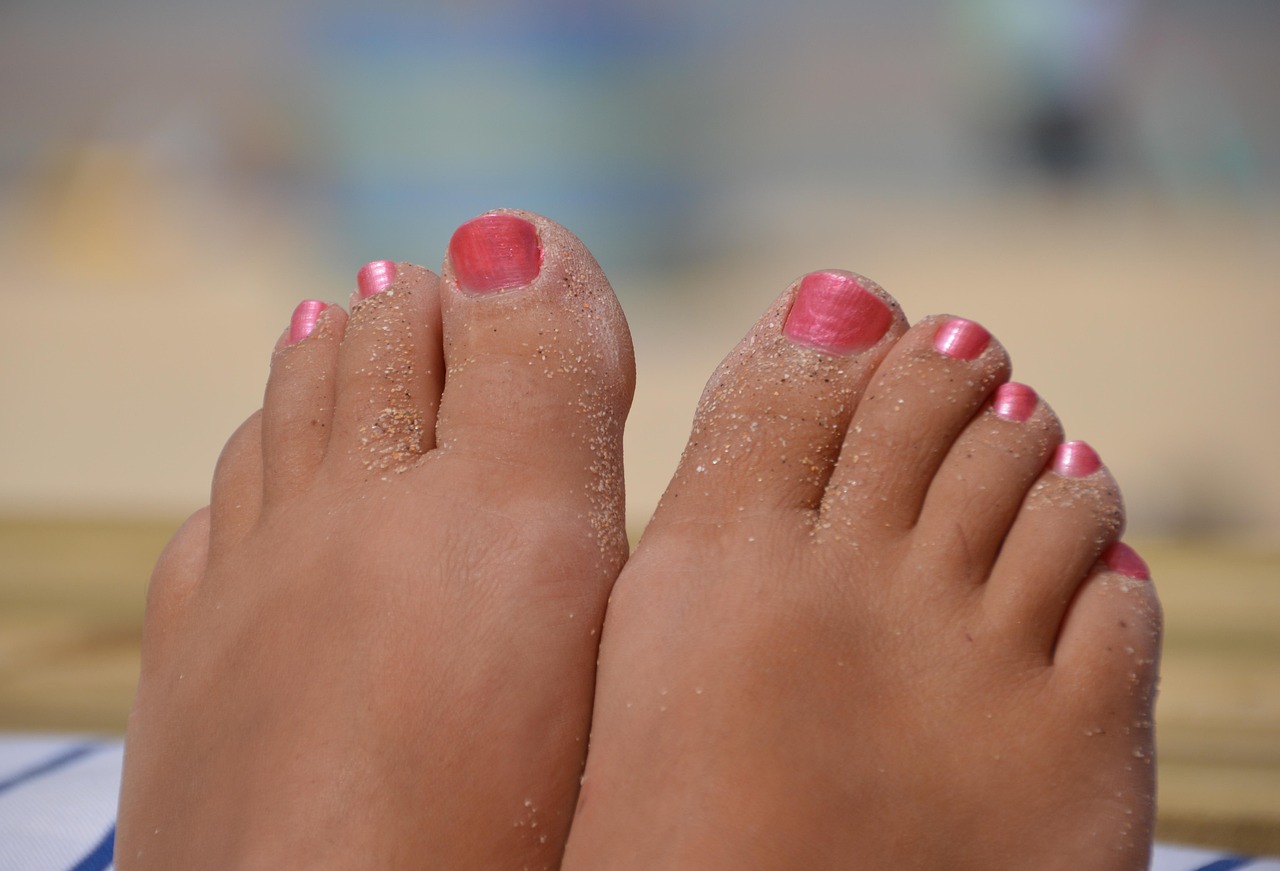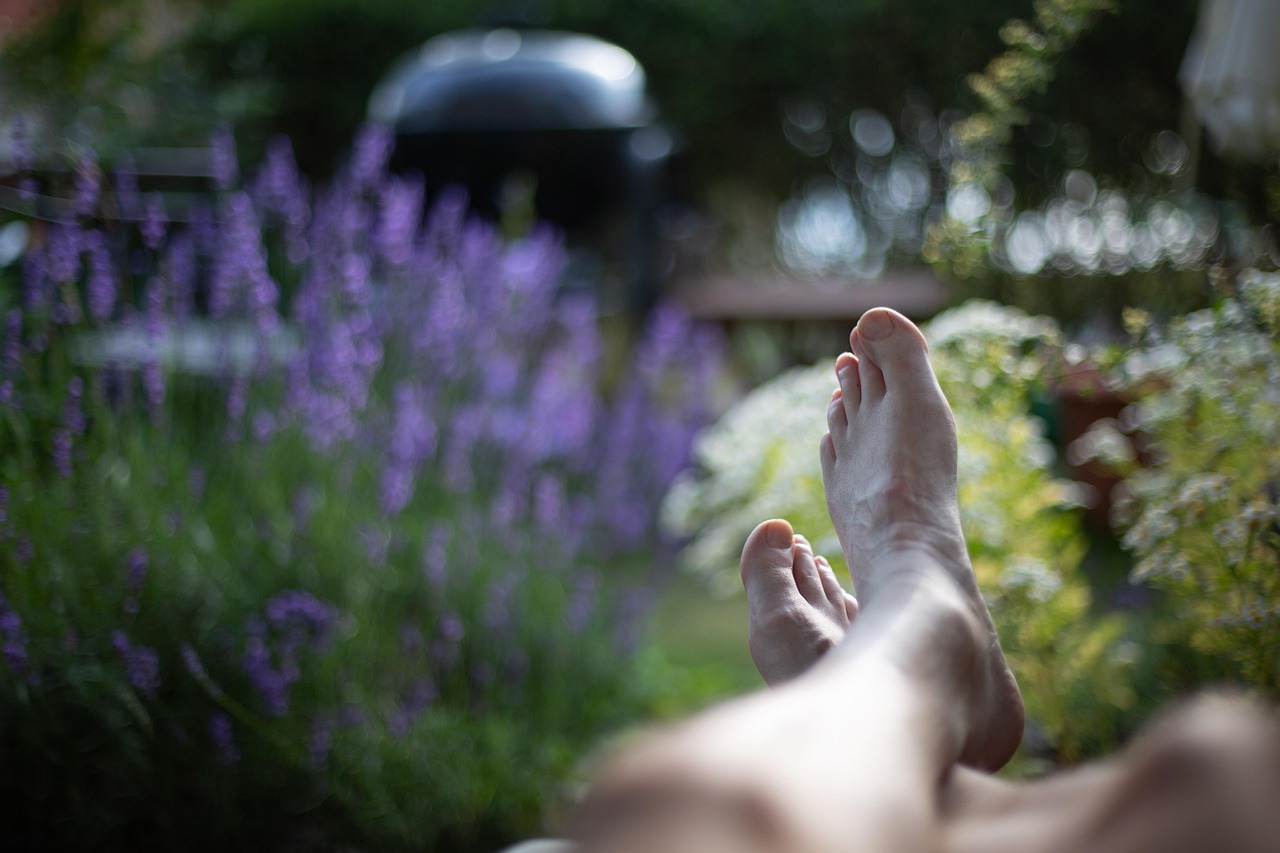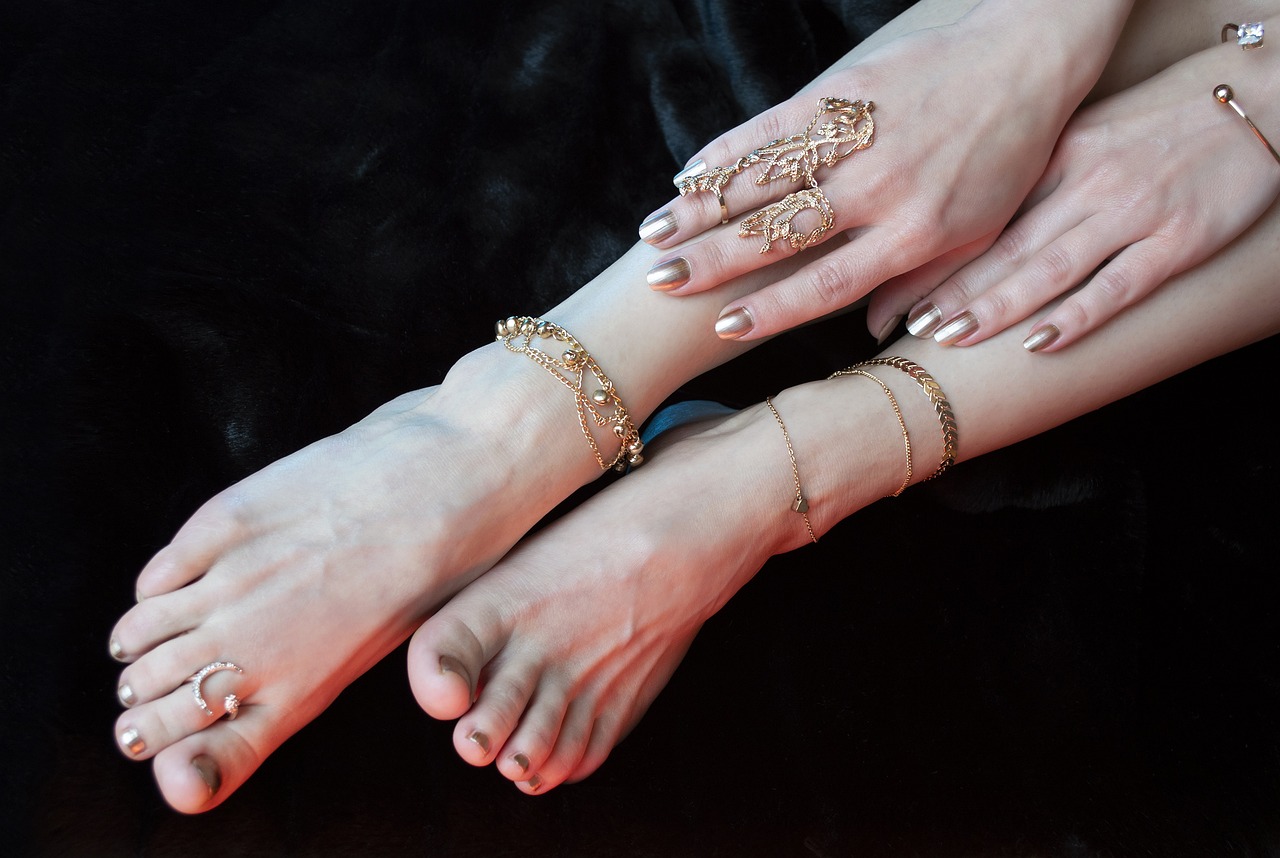Your environment might be drying you out more than you think.
When we talk about skincare and climate, the focus usually lands on the face — dry winter air, oily T-zones in summer, etc. But there’s one area that’s equally affected (and often overlooked): your feet.
Yes, your heels and soles are constantly adapting to climate shifts, and the environment you live or travel in plays a bigger role in foot health than most people realize. Whether you’re in a humid, tropical region or a cold, dry city, climate changes how your skin behaves — especially on your feet.
In this guide, we’ll explore how different climates affect your foot skin, what signs to look out for, and how to build a smart, climate-responsive care routine using products from The Beauty Pure.
Table of Contents
Toggle🌡️ Climate vs. Skin: The Basics
The skin on your feet is already at a disadvantage:
- No oil glands = less natural moisture
- Constant pressure = more dryness and friction
- Enclosed in shoes = reduced air circulation
Now add external climate to the equation, and your feet are battling a lot more than your step count.
🌬️ Cold, Dry Climates: The Crack Catalyst
Living in a dry, cool climate? Then you’re probably no stranger to:
- Tightness and flaking on the soles
- Cracked heels, especially in winter
- Dull, chalky skin tone on the feet
- Slower skin healing and cell turnover
Why it happens:
Cold air holds less humidity, and indoor heating systems dry out the environment even more. This pulls moisture from your skin and dehydrates the outer layer, causing it to shrink, tighten, and eventually crack.
✅ Best routine:
- Apply a rich cream like Lapitak Cream for Cracked Heels every night
- Use socks to lock in hydration
- Exfoliate 2x per week to help products absorb better
☀️ Hot & Dry Climates: Rough Skin and Calluses
Desert-like conditions or extremely sunny cities can lead to:
- Hard, thickened skin around heels
- More frequent callus buildup
- Skin that’s both dry and sweat-prone
- Dehydration from sun exposure and walking barefoot
Why it happens:
Hot air can still be dry, especially at high altitudes. Your skin loses water through sweat and evaporation, while UV exposure damages elasticity and slows healing.
✅ Best routine:
- Daily use of Lapitak Foot Care Cream
- Avoid walking barefoot on hot surfaces
- Stay hydrated internally — water matters!
💨 Humid Climates: Sweat, Softening & Odor
If you live in a coastal or tropical area, your challenges are different:
- Skin may become too soft, leading to peeling
- Increased risk of fungal infections
- Foot odor from trapped moisture
- Blisters from slippery sandals or sweaty soles
Why it happens:
High humidity causes sweat to sit on the skin longer, especially inside shoes. Over time, this breaks down the outer skin layer, making it vulnerable to infection and irritation.
✅ Best routine:
- Use Lapitak Foot Odor Preventing Spray every morning
- Wear breathable shoes and change socks mid-day
- Use lightweight, non-greasy creams to balance moisture
🌧️ Rainy, Wet Conditions: Constant Dampness = Constant Risk
Damp, rainy environments (or frequent exposure to wet shoes) can lead to:
- Soggy, white patches between toes
- Softened heels that split under pressure
- Fungal overgrowth (especially if shoes don’t dry out)
- Rapid loss of the skin barrier
Why it happens:
Constant dampness weakens the skin’s structure and allows microorganisms to grow unchecked. It’s not about hydration — it’s about too much wetness.
✅ Best routine:
- Alternate shoes and air them out daily
- Dry feet thoroughly (especially between toes)
- Use antifungal powder + Lapitak Cracked Heel Cream
🧳 What If You Travel Often?
If you move between climates frequently (e.g., flying from cold NYC to sunny Miami), your skin needs time to adjust — and your foot care routine should adjust too.
🧴 Travel with:
- A lightweight moisturizer like Lapitak Foot Care Cream
- An odor spray
- A thicker night repair cream
- Breathable socks
💡 Treat foot care the same way you treat skincare: adapt it to your environment for consistent results.
Final Thoughts: Your Feet Feel the Forecast
Climate isn’t just a background factor — it actively changes how your heel skin behaves. By understanding how different environments affect moisture, texture, and recovery, you can prevent most heel issues before they even appear.
👉 Shop The Beauty Pure to find climate-adapted foot care solutions that travel with you — rain, shine, or snow.





